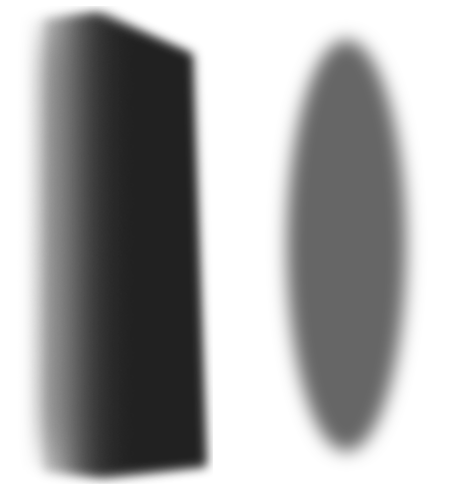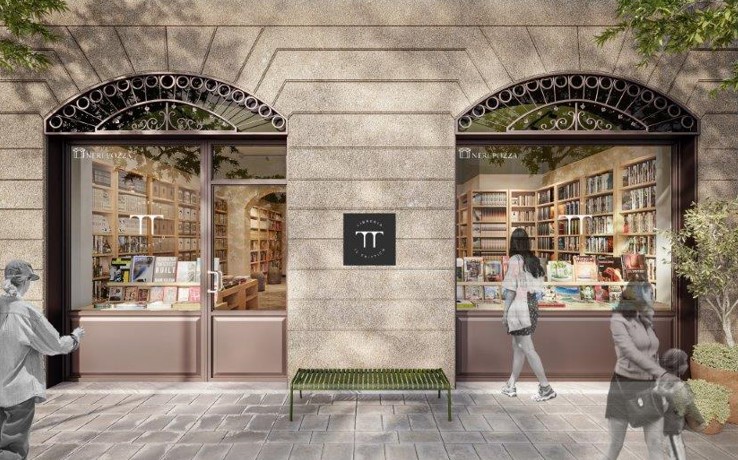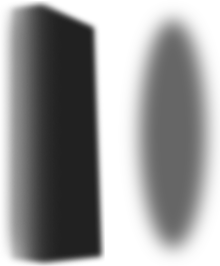

Sinossi
Con questo libro, apparso nel 1923 (e pubblicato la prima volta in Italia da Longanesi nel 1973), Le Corbusier avviò il suo irruente dialogo con il pubblico e gli architetti destinato a svilupparsi nei successivi quarant’anni in innumerevoli pubblicazioni e in opere costruite e progettate tra le più importanti dell’architettura moderna. Oltre a essere il primo e il più illustre testo della famosa collezione dell’«Esprit Nouveau», Verso una Architettura costituisce uno dei maggiori documenti della cultura parigina ed europea di quegli anni. Nella sua giovanile immediatezza, memore delle avanguardie d’anteguerra in tempi di rappel à l’ordre, il libro enuncia i fondamenti di una teoria architettonica di straordinaria modernità e singolare forza innovativa. Il rigore dell’impostazione si coniuga felicemente con una fantasia e una ricchezza intellettuale che investono, non solo sul piano tecnico ma anche su quello formale, ogni problema riguardante l’organizzazione dello spazio, nel quale si situano la casa e l’arredo urbano. Il richiamo alle forme della tradizione, viste nell’esemplarità di alcuni grandi maestri – Fidia e Michelangelo sopra tutti –, si coniuga con altri richiami, più consoni a rappresentare le esigenze e i valori dei tempi nuovi: le grandi opere di ingegneria e i mezzi di trasporto. In estrema sintesi, il tempio greco rivive nei treni, nelle automobili, negli aerei, nei piroscafi. «L’architettura è il gioco sapiente, rigoroso e magnifico dei volumi assemblati nella luce»: questa frase, espressione del lirismo logico di Le Corbusier, ha il suo naturale complemento in un’altra celebre formula: «La casa è una macchina da abitare». Ciò che fa da ponte tra le due enunciazioni e le unisce è, nella civiltà delle macchine, la funzione, la fruibilità; senza dimenticare la linea e la geometria: in una parola, la forma.
- ISBN: 8830442372
- Casa Editrice: Longanesi
- Pagine: 243
- Data di uscita: 30-07-2015
Recensioni
Is this a foundational text that gives me a better framework for understanding 20th-century architecture? Yes. Did I strongly dislike it? Also yes. In fairness, it’s hard to get in the mindset of 1923, and I think the past 100 years haven’t been kind to elite European men who believe their opinions c Leggi tutto
When I was in architecture school in England, Corb, as we called him, was the master (and Alvar Aalto the disciple). He stated the case for modern architecture so convincingly that it seemed the only possible altenative. In his hands, it was beautiful and practical, and also economical. He had a zen Leggi tutto
I don't like the way Le Corbusier writes, but this book is epic. As a student of architecture I learned a lot from this book, mostly about the five principles of Modern Architecture. It isn't a boring book, but you have to be careful to interpretate some things he writes. It is definetly a must-read Leggi tutto
The Swiss-French architect Charles-Edouard Jenneret, better known as "Le Corbusier" (1887-1965), was so innovative in his choices of building materials, arrangement of mass and flexibility of purpose that his very name became synonymous with "modern architecture." In this 1933 book, originally publi Leggi tutto
"The House is a Machine for Living In" Towards a New Architecture is a work that has had much influence on modern architecture. It was published in 1923 by a Frenchman with the pseudonym Le Corbusier. It is written in the style of an illustrated mission statement, and it outlines his basic theories o Leggi tutto
i have had enough of the french
I'm giving this book a four star rating, not because it is such good reading, but because it and the ideas of Swiss architect Le Corbusier were so influential in making the world as we know it. His model of separation of work and residential sectors of cities, with vehicular traffic on the edges was Leggi tutto
Citazioni
Al momento non ci sono citazioni, inserisci tu la prima!























